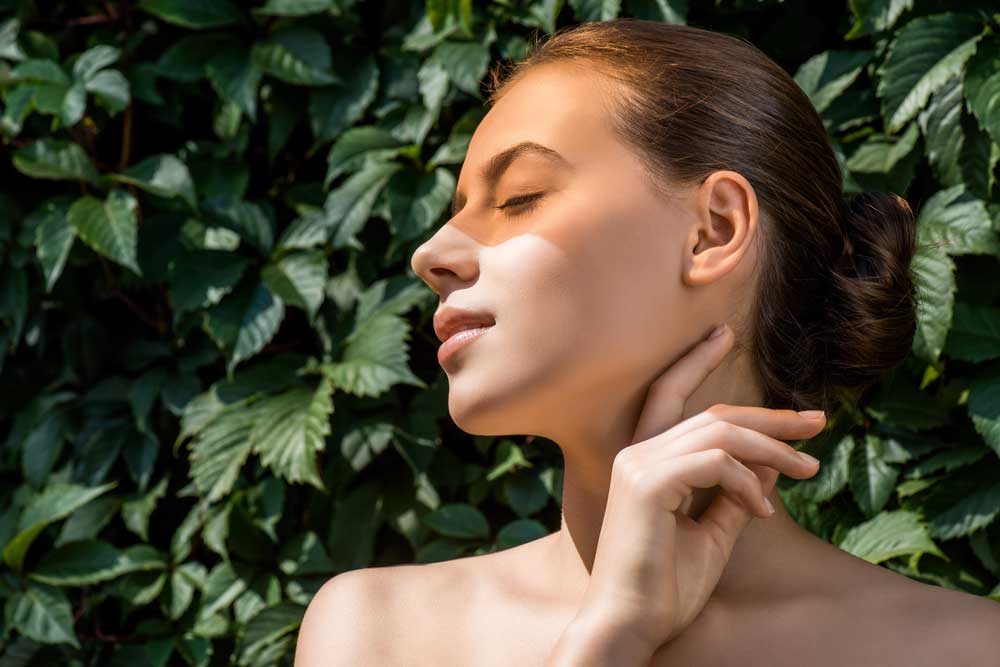Around 1% to 2% of Australians have vitiligo; this is a skin condition where you have random patches of pale or white skin. Thankfully, this condition doesn’t affect your health. However, you may still feel uncomfortable in your own skin.
Vitiligo isn’t the only condition that affects your skin pigmentation either. Others include melasma and solar lentigo. Or you may just naturally have patches of skin that are slightly different shades.
Whatever the reason, if you feel self-conscious about how your skin looks, you may want to look into skin pigmentation treatment. Read on to find out what this is, if you’re right for it, and more.
What Is Skin Pigmentation Treatment?
Skin pigmentation treatment actually doesn’t entail just one particular treatment. Instead, it’s a collection of them that can be used in conjunction with one another to help you get an evener skin tone.
Below are some of the common skin pigmentation treatment methods you’ll see at many clinics.
Topical Treatments
Topical treatments are actually something you can use before you seek out a professional. There are many over-the-counter as well as homemade remedies you can try.
For example, you can try using cleansers with beta hydroxy acids (BHA) and alpha hydroxyl acids (AHA) in them. These are usually made for acne, but they may serve to gently exfoliate your skin and even out your skin tone.
You can also try applying things like aloe vera, licorice, and green tea to the desired sites. While there isn’t a lot of research backing up the efficiency of these compounds, it’s still worth a try, especially if you have them around the house.
If you find these topical treatments aren’t working for you, a licensed physician can prescribe you the stronger forms. Depending on how noticeable your skin pigmentation is, this may be enough to take care of your case.
Chemical Peels
Chemical peels sound scary and painful, but in reality, they’re neither! The most you’ll feel is a small burning or stinging sensation for 5 to 10 minutes. And if you need a deep chemical peel, you’ll get some topical anaesthetic or pain medications before you have this procedure done.
During a chemical peel, a specially formulated chemical solution is applied to your skin. It contains AHA, glycolic, trichloroacetic acid, or phenol, depending on the type of chemical peel you get. There are 3 levels: superficial/lunchtime, medium, and deep.
Once it’s taken off, you can put a cold compress on if you feel any discomfort. As the name suggests, your old skin will then peel off and new, better skin will grow back.
A superficial chemical peel will resolve itself within a week, whereas a medium and deep peel will take around 2 weeks.
Other benefits of chemical peels include reducing the appearance of wrinkles and fine lines, treating acne, and reducing the appearance of scars.
After your chemical peel, your skin will be more sensitive, so make sure to wear broad-spectrum sunscreen every day. Try to stay out of the sun so you won’t irritate your skin.
You can repeat mild peels every 1 to 4 weeks, while medium and deep peels should be done every 6 to 12 months until you get the results you desire.
Microdermabrasion
Microdermabrasion is also known as particle skin resurfacing. It works in a similar fashion to how chemical peels do in that it removes the outer layer of your skin so you get younger and tighter skin.
Microdermabrasion uses aluminium oxide crystals that are sprayed onto the desired site. Your skin is also buffed and polished.
This treatment shouldn’t hurt; the most you’ll feel is a little discomfort. Afterwards, your skin might feel a bit tight.
Besides addressing skin pigmentation, microdermabrasion can also make your skin appear brighter and healthier. In addition, it can reduce the appearance of acne scars.
To get the best results, you’ll have to return for anywhere from 5 up to 12 treatments. You may need more treatments if your skin has drastic pigmentation and/or acne scars.
Do note that you shouldn’t use microdermabrasion if you’re using Accutane, have active herpes, keratoses, or malignant skin tumours.
Who’s Right for Skin Pigmentation Treatment?
Basically, anybody who isn’t 100% happy with how their skin looks is right for skin pigmentation treatment. All of the above methods are very safe and barely have any downtime, if any at all. This means you can get these treatments done quickly and have better skin in no time.
Do note that if you spend a lot of time out in the sun, some of these skin pigmentation treatments may not be ideal for you. You can always wear stronger sunscreen and reapply more often, but the best scenario is to completely avoid the outdoors.
How to Prevent Skin Pigmentation
While skin pigmentation is unavoidable with some conditions, you may be able to prevent it with some preventative measures. That way, you won’t have to use topical creams or go in for other procedures.
One of the most important things you can do is put on sunscreen, especially in the harsh Australian sun. Make sure you apply it daily and reapply often.
You should also avoid things that will irritate your skin. For instance, you should be mindful of the ingredients in your skincare products. Also, try to avoid waxing, as this will highly irritate your skin as well.
Get Skin Pigmentation Treatment Today
Everyone deserves to feel beautiful and confident about their own bodies. But sometimes, we need to take an extra step before we’re able to be.
If you feel like you could benefit from skin pigmentation treatment, please don’t hesitate to reach out. This may be just what you need to feel completely secure about your skin.
If you’re interested in getting skin pigmentation treatment, then make an appointment with us now. We’re dedicated to excellence!

